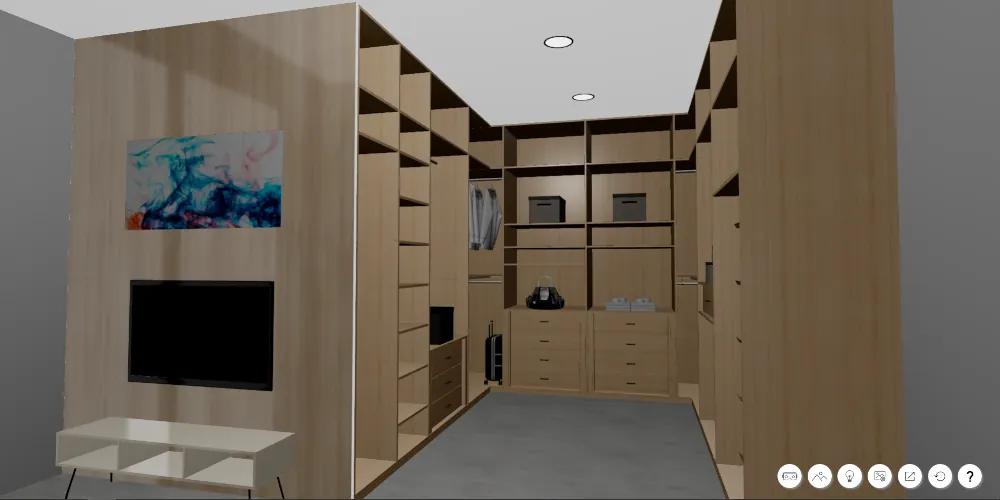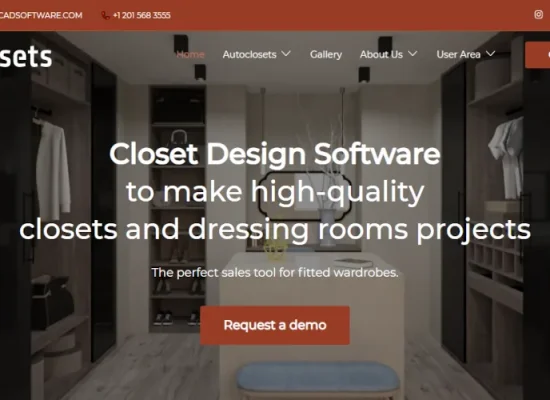The advancement of technology has revolutionized the way we conceive and visualize interior design projects, particularly in the creation of spaces with high functional demands, such as custom closets, walk-in & reach-in closets. From initial blueprints to photorealistic representations, and ultimately to virtual tours, the evolution of visualization technology has dramatically transformed how we design and experience these spaces.
Not too many years ago, a hand-drawn blueprint of a closet served as the primary means of communicating a design. The incorporation of digital technology changed all of this. Computer-Aided Design (CAD) programs and specialized custom closets design software like Autoclosets allowed closet designers to create photorealistic visualizations of the proposed space. These digital representations enabled clients to visualize their new closet in incredible detail, including colors, textures, and how light would interact with different elements and materials.
However, these photorealistic images, despite their detail and high quality, have a common problem: they are static. Although clients can see what their closet would look like from various angles, they can’t “walk” through it or interact with the space. That’s where virtual tours have revolutionized custom and walk-in closets renovation visualizations.

Virtual tours, powered by virtual and augmented reality technologies, allow clients to “enter” their closet before any construction takes place. Users can move freely around the space, checking the ergonomics of shelves, drawers, rods, and accessories, examining the details of finishes, and even changing the the colors of the wardrobe interior or doors in real time. This ability to interact with the design helps clients make informed decisions and feel more confident in their design choices.
Custom closets design programs like Autoclosets facilitate the generation and sharing of virtual tours via the cloud. Clients can access a shared virtual tour from anywhere, at any time. In the current scene, where custom closets, walk-in & reach-in closets spaces no longer have a clear boundary, this feature is particularly important given the increased number of parties involved in a project. Having a virtual tour of the project enables clients, designers, and contractors to effectively participate in pointing out necessary actions and modifications during the execution phase. Communication between the designer, client, and contractor improves considerably, facilitating greater collaboration and decision-making.
In summary, virtual tours are transforming the way closet renovations are visualized and experienced. This technological revolution has not only improved communication and collaboration between clients and design professionals but also has allowed clients to interact with their space in a completely new and immersive way. As a result, closet remodeling is becoming a more intuitive, participatory, and satisfying process for all parties involved.



